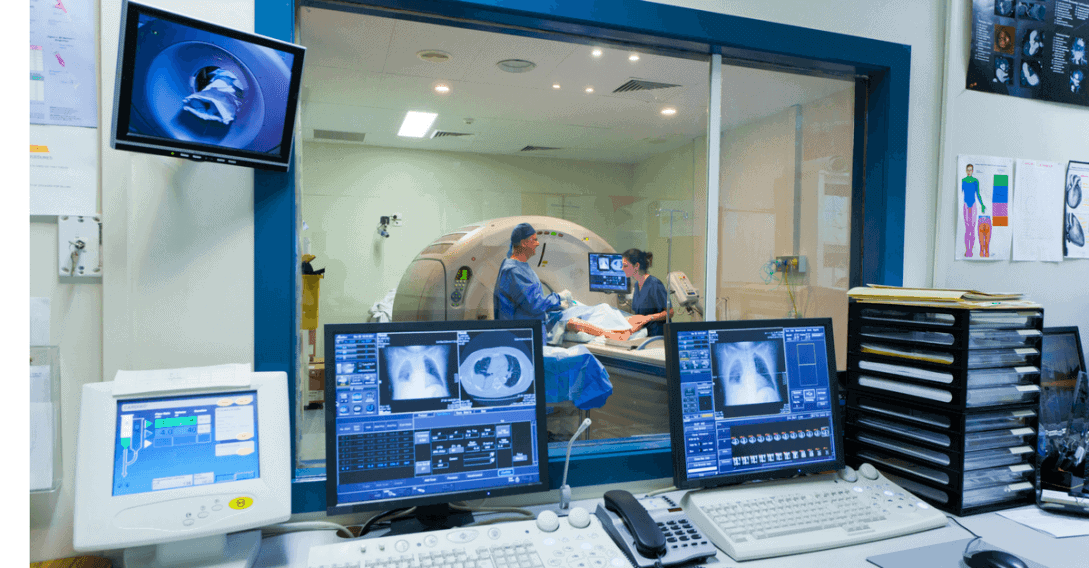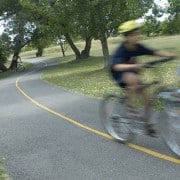Predicting Autism: Study Links Infant Brain Connections to Diagnoses
Chapel Hill NC: For the first time, autism researchers used MRIs of six-month olds to show how brain regions are connected and synchronized, and then predict which babies are at high risk of developing autism by age two. A previous UNC-lead study, published in Nature in February, used MRIs to determine differences in brain anatomy that predict which babies would develop autism as toddlers.
Published in Science Translational Medicine, this paper describes a second type of brain biomarker that researchers and potentially clinicians could use as part of a diagnostic toolkit to help identify children as early as possible, before autism symptoms even appear.
During the study, sleeping infants were placed in an MRI machine and scanned for about 15 minutes to view neural activity across 230 different brain regions. The researchers analyzed how various brain regions were synchronized with each other. This synchrony reflects the coordinated activity of brain regions, which is crucial for cognition, memory, and behavior, and may be observed during sleep.
The researchers focused on brain region connections related to the core features of autism: language skills, repetitive behaviors, and social behavior. For instance, the researchers determined which brain regions – synchronized at six months – were related to behaviors at age two. This helped Piven’s co-investigators create a machine learning classifier – a computer program – to sort through the differences in synchronization among those key brain regions. Once the computer learned these different patterns, the researchers applied the machine learning classifier to a separate set of infants.
The machine learning classifier was able to separate findings into two main groups: MRI data from children who developed autism and MRI data from those who did not. Using only this information, the computer program correctly predicted 81 percent of babies who would later meet the criteria for autism at two years of age.
Robert Emerson, first author of the study, said, “When the classifier determined a child had autism, it was always right. But it missed two children. They developed autism but the computer program did not predict it correctly, according to the data we obtained at six months of age.”










Article from AoA today on the regulation of social behaviour by the adaptive immune response. Interesting how early vaccines and infections can decrease the adaptive response.
http://www.ageofautism.com/2017/06/megan-regressive-autism-and-the-evolving-science-of-vaccine-injury.html